Are you looking to upgrade your backyard pool with new tiles? Adding tile can be a great way to give your gunite pool a unique and stylish finish. But before you start tiling, it’s important to understand the costs associated with the project. In this blog post, I will provide an overview of how much does it cost to tile a pool. I’ll cover the materials and labor costs associated with this project, as well as some tips to keep your costs down. With this information in hand, you can make an informed decision about whether or not tiling your pool is right for you and your budget. So let’s get started!
TL;DR
Tiles come in a variety of shapes, sizes, and colors, so there are plenty of choices when it comes to finding the perfect look for your pool. The cost of tiles can range from $2-$20 per square foot depending on the type and quality you choose. It also depends on how much area is needed to be covered; if you need to cover a large area you may need to order additional tiles, which can add to the. You should also factor in the cost of adhesive and grout, which is typically around $2-$5 per square foot.
Table of Contents
- 1 How Much Does it Cost to Tile a Pool?
- 1.1 What are the Types of Tiles You Can Get?
- 1.2 What is the Best Type of Tile for a Gunite Pool?
- 1.3 How Much Does it Cost to Tile an Entire Pool?
- 1.4 What is the Cost Per Square Foot?
- 1.5 Re-Tiling a Damaged Pool – How to Go About it?
- 1.6 How Much Does it Cost to Replace Pool Tiling?
- 1.7 What Factors Influence the Cost to Re-Tile a Pool?
- 1.8 Tiling a Pool – The Benefits
- 2 Conclusion
- 3 Frequently Asked Questions (FAQs)
How Much Does it Cost to Tile a Pool?
Labor costs are the other major factor when it comes tiling a pool. Depending your location and how experienced your is, labor costs can range from $50-$100 an hour. This price generally includes the removal of tiles if necessary and any prep work that needs to be done. Experienced tile contractors may cost more upfront but will often do a better job in less time, so it’s important to find someone with a good reputation who knows what they’re doing.
What are the Types of Tiles You Can Get?
When it comes to tiling a pool, there are many types of tiles you can choose from. Depending on the size and shape of your pool, you may be able to get away with using standard ceramic or porcelain tiles that come in a variety of sizes and shapes. However, if you’re looking for something more unique and eye-catching, there are also specialty tiles available such as glass tile mosaics, pebble tile, stone tile, and even handmade mosaic art.
Each type comes with its own set of pros and cons when it comes to cost, durability and maintenance.
- Ceramic or porcelain tiles are great options because they come in almost any color or design imaginable and are highly durable against wear. They are also relatively inexpensive and easy to clean.
- Glass tile mosaics look beautiful but can be quite pricey, and they require extra care when cleaning to avoid breakage.
- Pebble tiles have a unique, textured surface and come in a wide variety of colors. They’re generally more expensive than ceramic or porcelain tiles though and need regular sealing to keep them looking like new.
- Stone tile is another option that looks elegant and natural, but it requires more maintenance than other types of tiles due to its susceptibility to staining.
- Handmade mosaic art is custom-made for each project, so it’s important to factor in the cost of labor as well as materials when considering this type of tiling for your pool.
What is the Best Type of Tile for a Gunite Pool?
When it comes to pool tiling, one of the most important decisions is choosing what type of tile you want to use. The most popular option is gunite ceramic tiles because they are durable and come in a wide range of colors, sizes, and shapes. However, there are other options such as natural stone or glass tiles that can create beautiful designs for your pool.
Gunite ceramic tiles are the perfect choice if you’re looking for durability without sacrificing aesthetics. They are heat-resistant and nonporous which makes them an ideal choice for pool exteriors. Additionally, these tiles come in a variety of colors, sizes, and shapes so you can find something that fits your preferences perfectly. In terms of affordability, gunite ceramic tiles usually cost between $8 and $15 per square foot, depending on the quality and size.
Natural stone tile is a great option for those who are looking to add an elegant touch to their pool. Natural stone tiles come in more unique shapes than gunite ceramic tiles, which gives you more design freedom when it comes to creating your dream pool. However, natural stone can be pricier than other options since it costs anywhere from $15 to $30 per square foot.
How Much Does it Cost to Tile an Entire Pool?
If you’re looking to give your pool a new look, tiling might be the perfect touch. Tiling is an excellent way to add texture, color, and durability to any swimming pool. But, how much does it cost to tile a pool?
The cost of tiling a pool depends on several factors including the size of the pool, type of tiles being used, and labor costs. The average cost for materials may range from $4–$15 per square foot depending on the tile chosen. Labor costs will vary depending on the complexity of the job and can range from $7–$25 per square foot installed.
For example, if you have a 10′ x 20′ pool with an average material cost of $10/sqft and labor cost of $15/sqft, the total cost for tiling your pool would be around $3,000. This doesn’t include any additional costs such as adhesive and grout or other supplies needed to complete the project.
It is also important to take into account the quality of the tile you are using when considering how much it will cost to tile your pool. Higher-quality tiles typically come with a higher price tag but may last longer than cheaper alternatives if they are properly maintained. Additionally, if you plan on doing some of the work yourself, remember that it might save you money in the long run by avoiding hiring a professional contractor.
What is the Cost Per Square Foot?
When it comes to tiling a pool, one of the most important questions to answer is how much it will cost per square foot. This cost can vary widely depending on the type of tile you choose and the complexity of the project. Generally speaking, ceramic tiles are less expensive than glass or stone tiles but offer less durability. Glass and stone tiles cost more but are often much more attractive and last many years with proper maintenance.
The size of your pool also plays an important role in determining how much it will cost per square foot to tile your pool. Smaller pools require fewer tiles and therefore have a lower cost per square foot compared to larger pools which require more material and labor costs for installation. Additionally, if you need custom-cut tiles or other special features, this will add to the cost per square foot.
Another factor that can affect the cost per square foot of tiling your pool is the type of tile you choose. Natural stone and glass tile tend to be more expensive than ceramic tile, but they offer a luxurious look and greater durability. Additionally, some companies may charge a premium if you choose certain designer tiles or high-end materials.
Finally, it’s important to consider labor costs when determining how much it costs per square foot to tile your pool. The complexity of the project and any necessary repairs can increase labor costs greatly, so make sure to get an accurate estimate before beginning a tiling project for your pool.
Re-Tiling a Damaged Pool – How to Go About it?
If your pool has been damaged due to weather, age, or other factors, you may need to replace the tile. It’s not an easy job, but it can be done with some experience and a little bit of hard work. Here are some tips on how to go about re-tiling your pool:
- Measure the area where you will be tiling – This is important because you don’t want to purchase too much or too little tile for the job. You should also consider whether you will need special tools like a wet saw for cutting tile pieces that are in tight spaces.
- Select the right materials – There are various types of tile materials available for pool tiling such as porcelain, ceramic glass, and quartz. Depending on your budget and the look you going for, choose the right material that will suit your needs best
- Plan out your design – Make sure you have a clear idea of how you want the tile to look before beginning the job. This can help save time and money in the long run by avoiding costly mistakes or having to make changes later on during installation.
- Prepare the surface – Clean off any debris from the area where you will be tiling and check for any loose tiles or broken pieces that need to be removed before installing new ones. Also make sure the pool is completely dry so that water doesn’t get into any cracks while tiling.
- Lay the tiles – Make sure to follow the manufacturer’s directions and use a grout that is recommended for pool surfaces. The grout should be applied in small areas and allowed to dry before laying down more tile. This will help ensure a secure fit between each piece of tile.
- Seal the job – Once all of the tiles have been installed, you should seal them with an appropriate sealant designed for pool tiling to prevent any water or moisture from seeping into the cracks or corners and causing damage over time.
How Much Does it Cost to Replace Pool Tiling?
Replacing pool tiling can be a costly endeavor and depending on the type of tile used, size of the pool, and complexity of the job, it can range from hundreds to thousands of dollars. The most common costs associated with replacing pool tiling include materials, labor, and any additional tools or supplies needed for the project.
Material costs will vary based on the type of tile chosen for replacement. Ceramic tiles are typically less expensive than glass or stone tiles but will still add up if you have a large area to cover. Pool owners should also factor in grout, adhesives, and sealants into their budget when purchasing materials.
Labor costs are also an important consideration when replacing pool tile. If the project complex, it may be necessary to hire a professional who can properly execute the job with minimal disruption and risk. Professional installers will charge an hourly rate in addition to any materials used.
Additional costs associated with replacing pool tiling include tools and supplies needed for the job such as grout spreaders, tile-cutting saws, and sealants. Pool owners should budget for these items if they plan on completing the work themselves or factor them into their labor costs when hiring a professional installer.
What Factors Influence the Cost to Re-Tile a Pool?
The cost to retile a pool varies significantly based on the scope of the project, size of the pool, labor costs, and materials used.
When it comes to the scope of the project, there are several factors that can affect the cost. One of these is whether or not you need to replace any underlying structural elements before tiling. If your existing pool surfaces are in good condition and don’t require repair work before being retiled, this could save you money. On the other hand, if your existing surfaces need some repairs or reinforcements (e.g., new coping stones), this could increase your total cost for retiling.
The size of your pool will also have an impact on how much it costs to retile. The larger the pool, the more tiles you will need to purchase and install. This means that bigger pools are likely to significantly more than smaller ones when it comes time to retile.
Labor costs for retiling can also vary depending on where you live and who is doing the work. If you hire a professional contractor, expect them to charge an hourly rate for their services plus any other materials they may use (e.g., mortar). On the other hand, if you decide to do the work yourself, you won’t have labor costs but will still incur expenses related to purchasing supplies such as tiles, grout, and adhesives.
Tiling a Pool – The Benefits
It is important to consider the benefits of tiling a pool before deciding if it is an appropriate investment. Tiling a pool adds a unique aesthetic element that makes it stand out from other pools in the area, while also making it easier to maintain. The tiles create a barrier against dirt and debris, keeping your pool cleaner for longer periods of time. Additionally, some types of tile can help insulate your pool, which can lead to energy savings over time.
Tiling your pool involves several steps including preparing the surface, selecting the tiles and grouting them into place. Preparing includes cleaning off any existing materials like paint or old material and then applying a bonding agent to ensure adequate adhesion between the tile and surface. After the surface is prepared, you can choose the tiles that will go into your pool. The type of tile and material you select will influence the cost to install as some materials are more expensive than others.
Once all of the tiles have been chosen, they need to be grouted in place to ensure that they stay in place and don’t become dislodged due to wear and tear or weather conditions. This step requires a professional who has experience in tiling pools since it requires precise measurements and skillful application of the grout to make sure all gaps between tiles are adequately filled.
Conclusion
In conclusion, the cost to tile a pool can vary greatly depending on the type and size of the pool, the material you for your tiles, and labor costs. With all these factors mind, it’s important do your research before deciding on contractor or supplier. While tiling a pool is an investment that will last for years to come, it’s important to shop around for competitive rates and find professionals who specialize in gunite pools. If done correctly, you can enjoy an aesthetically pleasing pool without breaking the bank. Good luck!
Frequently Asked Questions (FAQs)
1. Is it worth it to tile a pool?
Whether it is worth it to tile a pool depends on your preferences, budget, the existing conditions of your pool and the desired aesthetic outcome. Pool tiles can help prevent water damage and make your pool look more attractive and inviting. While tiling a pool typically adds to upfront costs, you may see long-term savings due to reduced maintenance needs or increased property value. Ultimately, it is up to you to decide if tiling your pool is worth it for your particular situation.
2. Are pool tiles expensive?
Yes, pool tiles can be expensive depending on the type and size of tile you choose. Factors such as material, size, shape, and installation are all important considerations when it comes to determining the cost of pool tiles. Generally speaking, natural stone tiles tend to be more expensive than porcelain or ceramic options. Additionally, larger format tiles require more grout and additional labor for installation which will add to the cost. Ultimately, the price of tiling a pool depends largely on factors such as materials chosen, square footage being covered by tile and other elements unique to your situation.
3. Can you tile an entire pool?
Yes, it is possible to tile an entire pool. The cost of tiling a pool depends on the size and shape of your pool, as well as the type of tiles being used. If you choose to use natural stone tiles, for example, these can be significantly more expensive than ceramic or porcelain tiles. Additionally, if you have complex shapes or angles in your pool design then this may increase the labor costs associated with tiling. Generally speaking, the average cost to tile an entire pool ranges between $4-$12 per square foot. This cost does not include any additional materials such as grout or sealant which may also be needed. Therefore it is important to factor in all associated costs when budgeting for your project.
4. How long does a tile pool last?
The lifespan of a tiled pool depends on the quality of tiles used, as well as their installation and maintenance. Generally, tile pools can last anywhere between 10 to 30 years, with 20 being an average life expectancy. Proper upkeep of your tile pool is essential for its longevity. Regular cleaning and sealing can help extend the life of your tile pool significantly. Additionally, be sure to use only quality materials when you are having it installed initially. This will help ensure that it lasts for many years down the line.
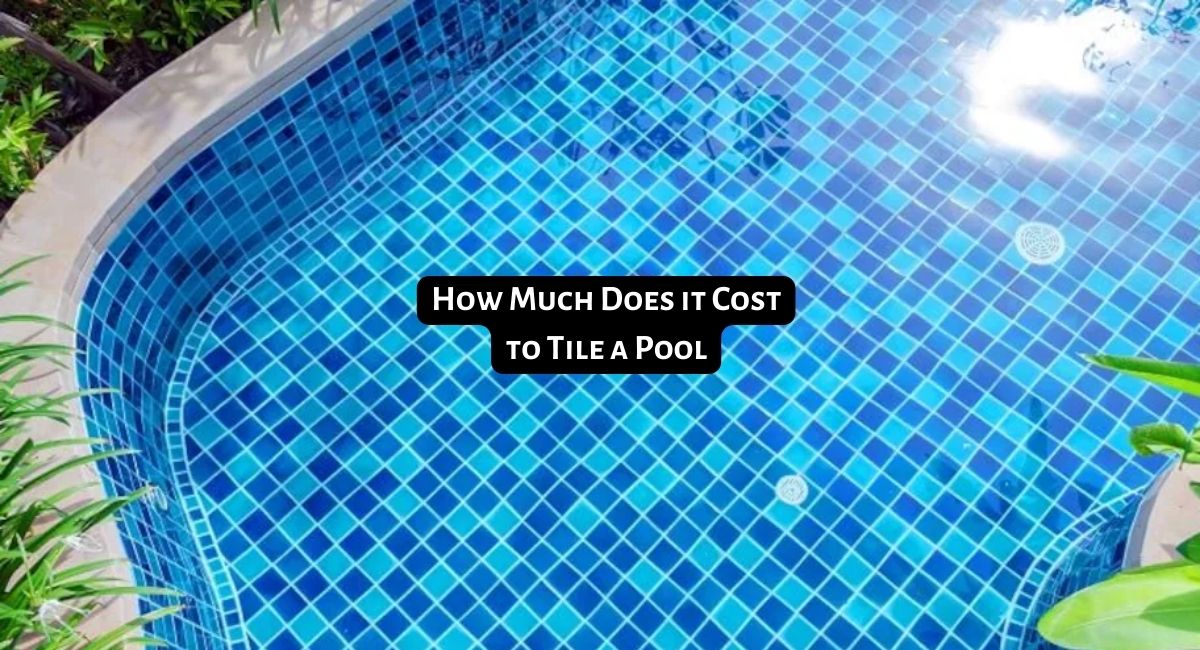
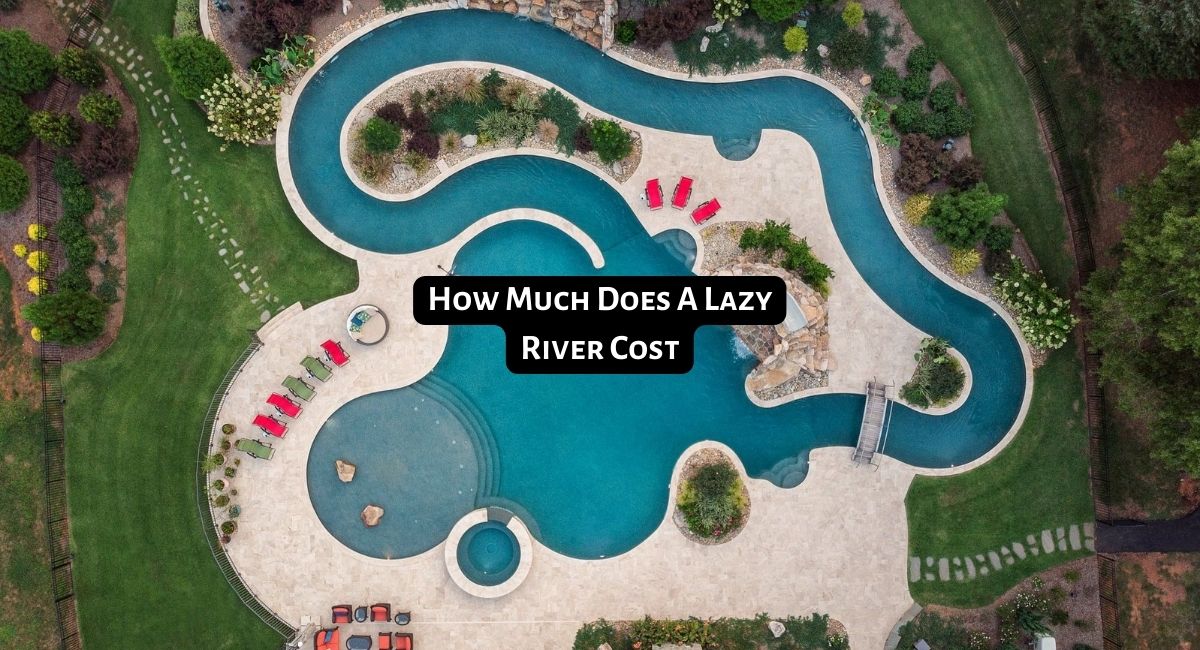
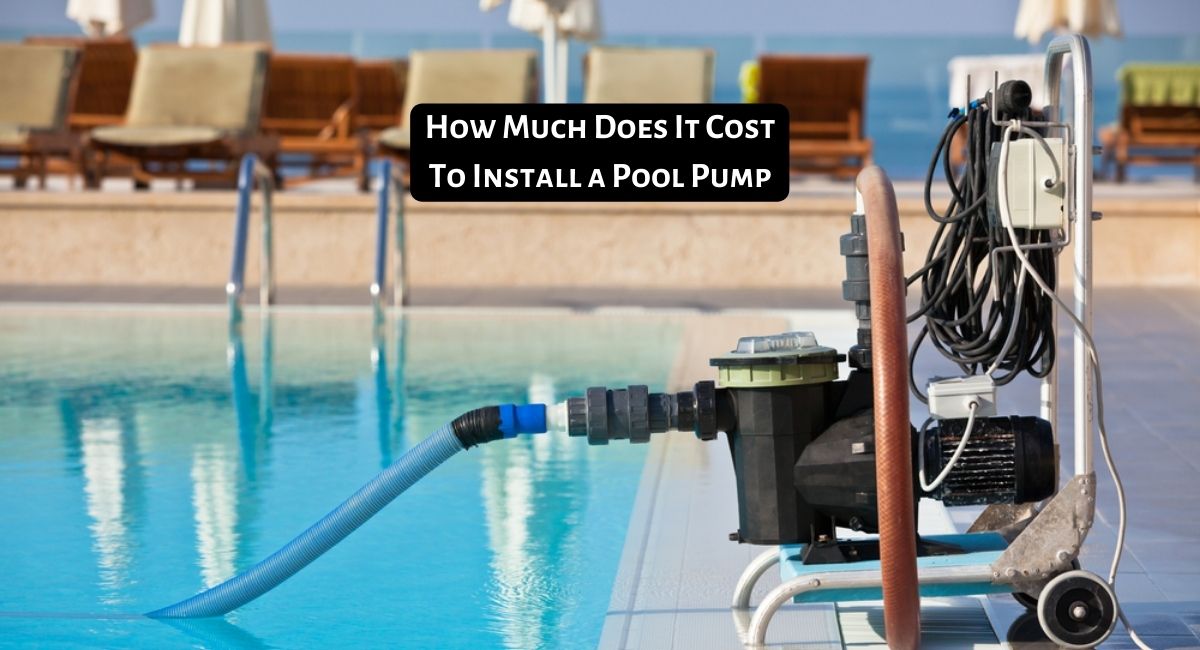
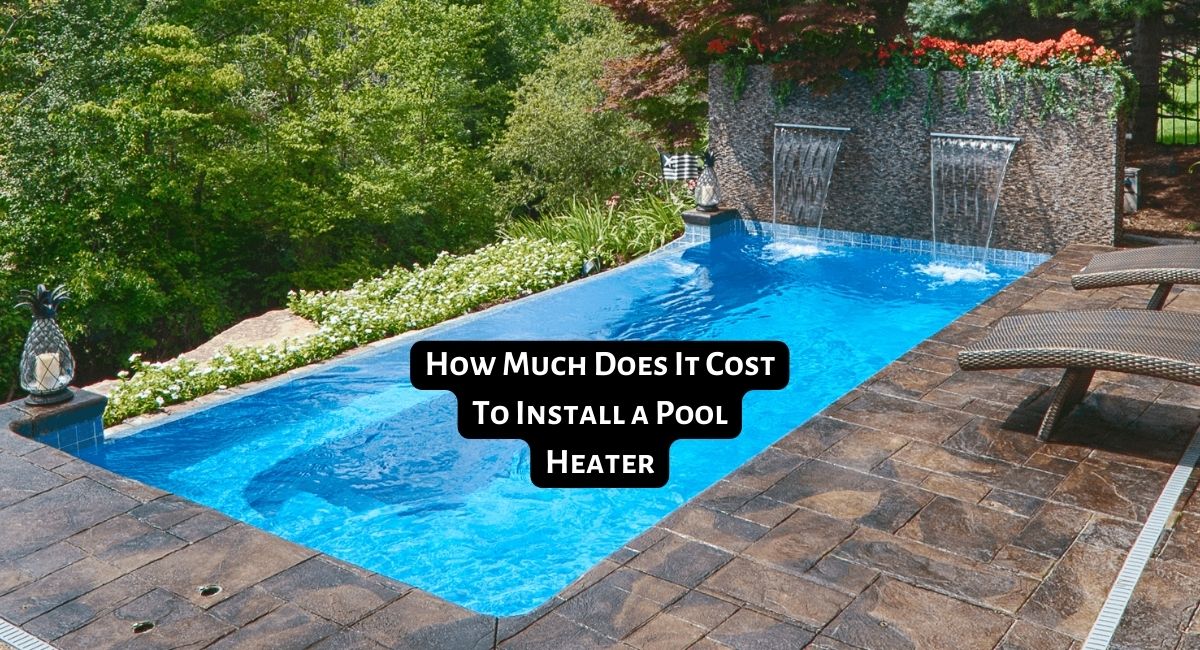
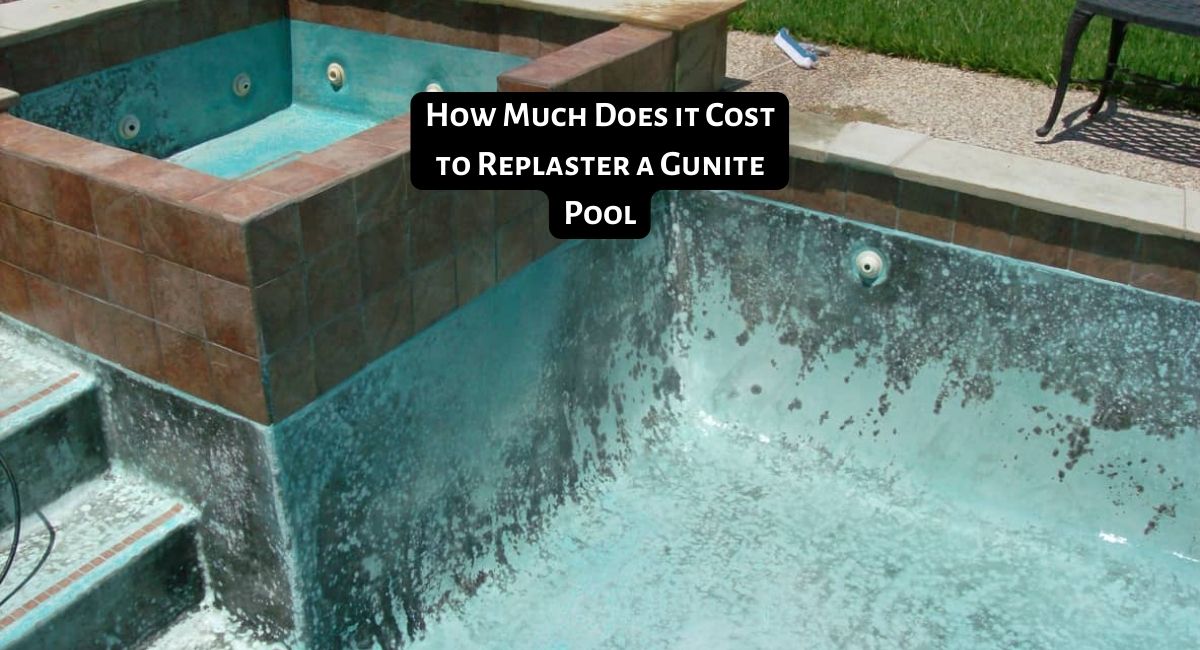
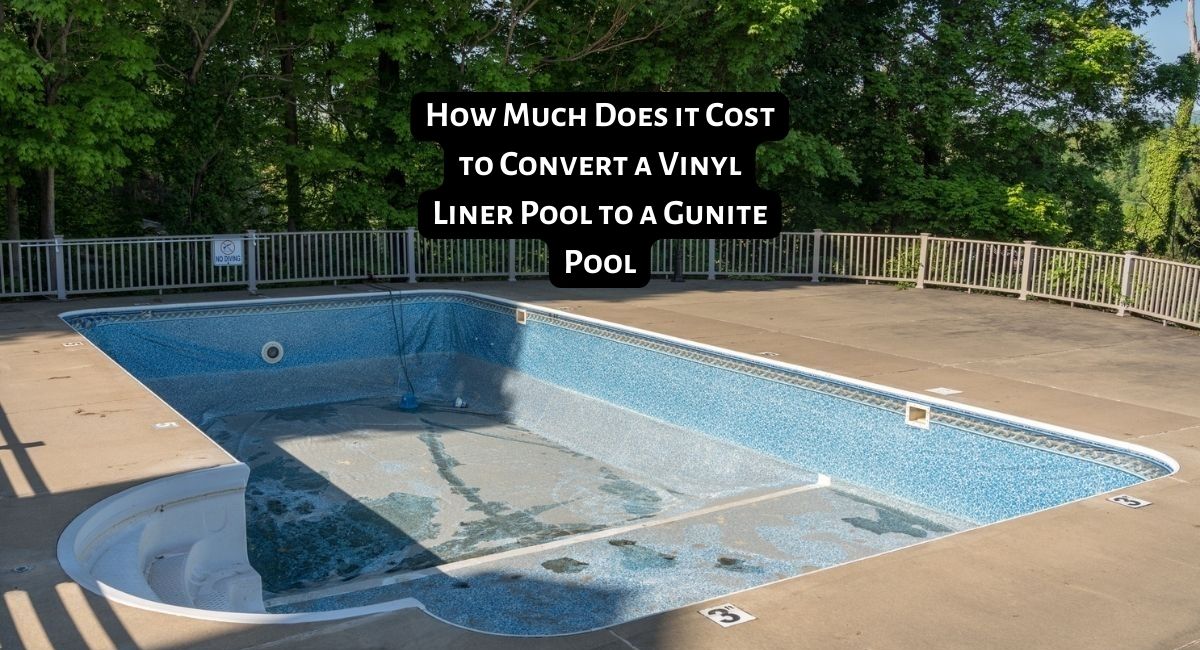

Thanks for helping me understand how installing pool slides that are safe and attractive to the eyes of your children is a good idea. I have a friend who wants to build a pool around his backyard for recreational use. I believe that seeking a pool slide professional that can build and resurface its coating is a good investment.